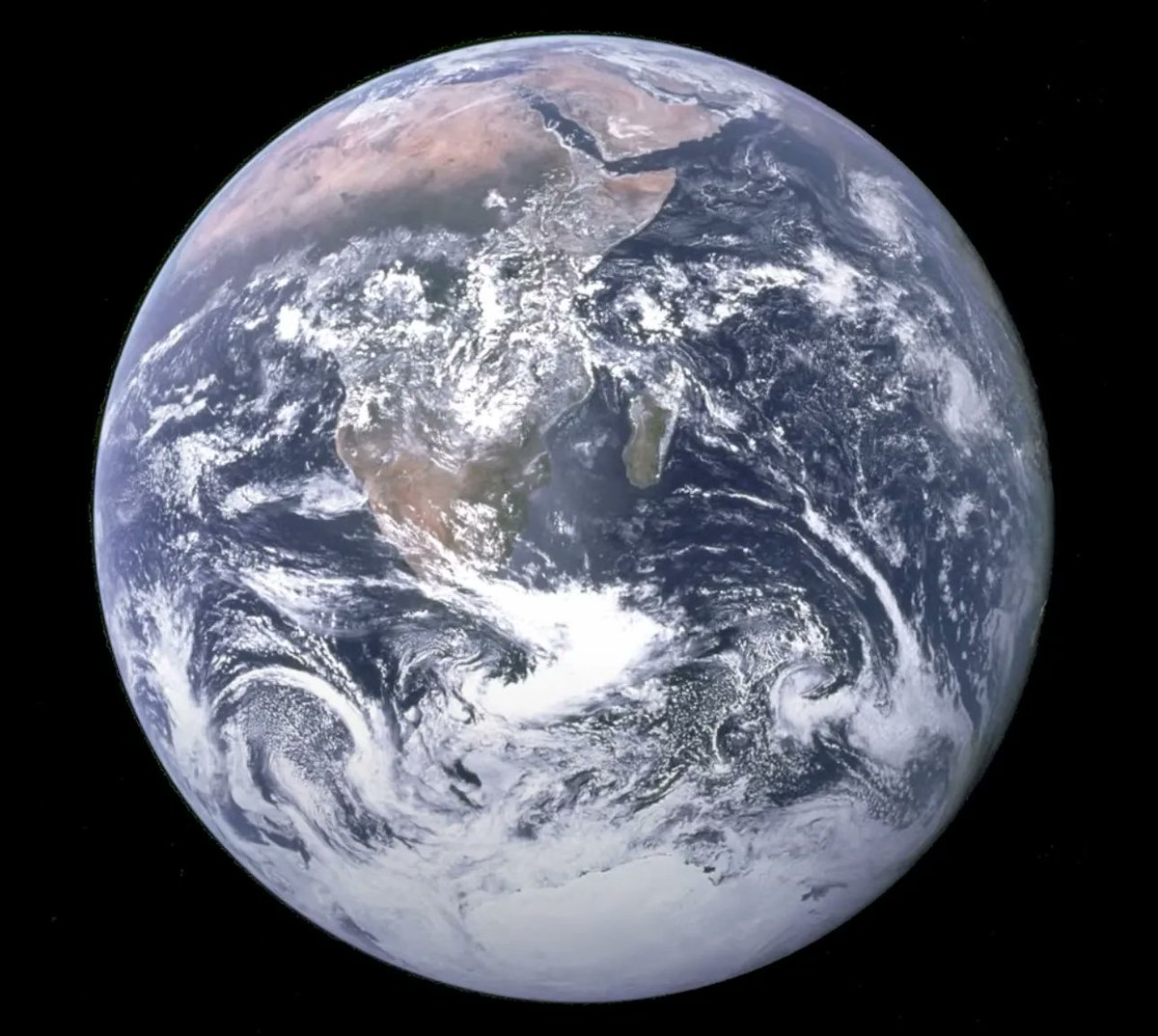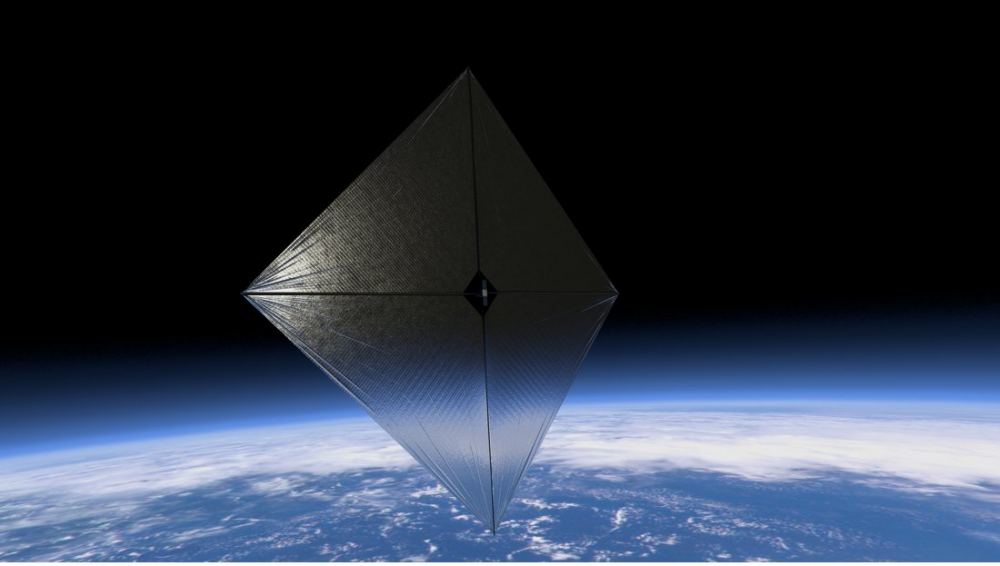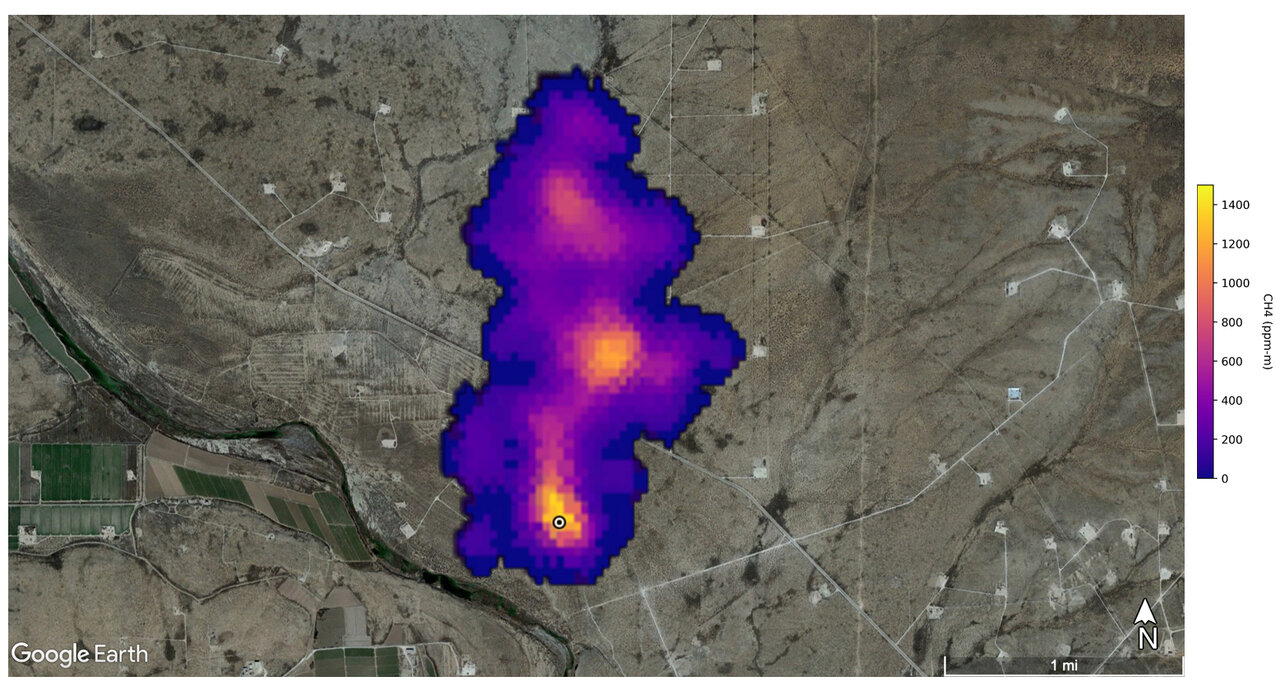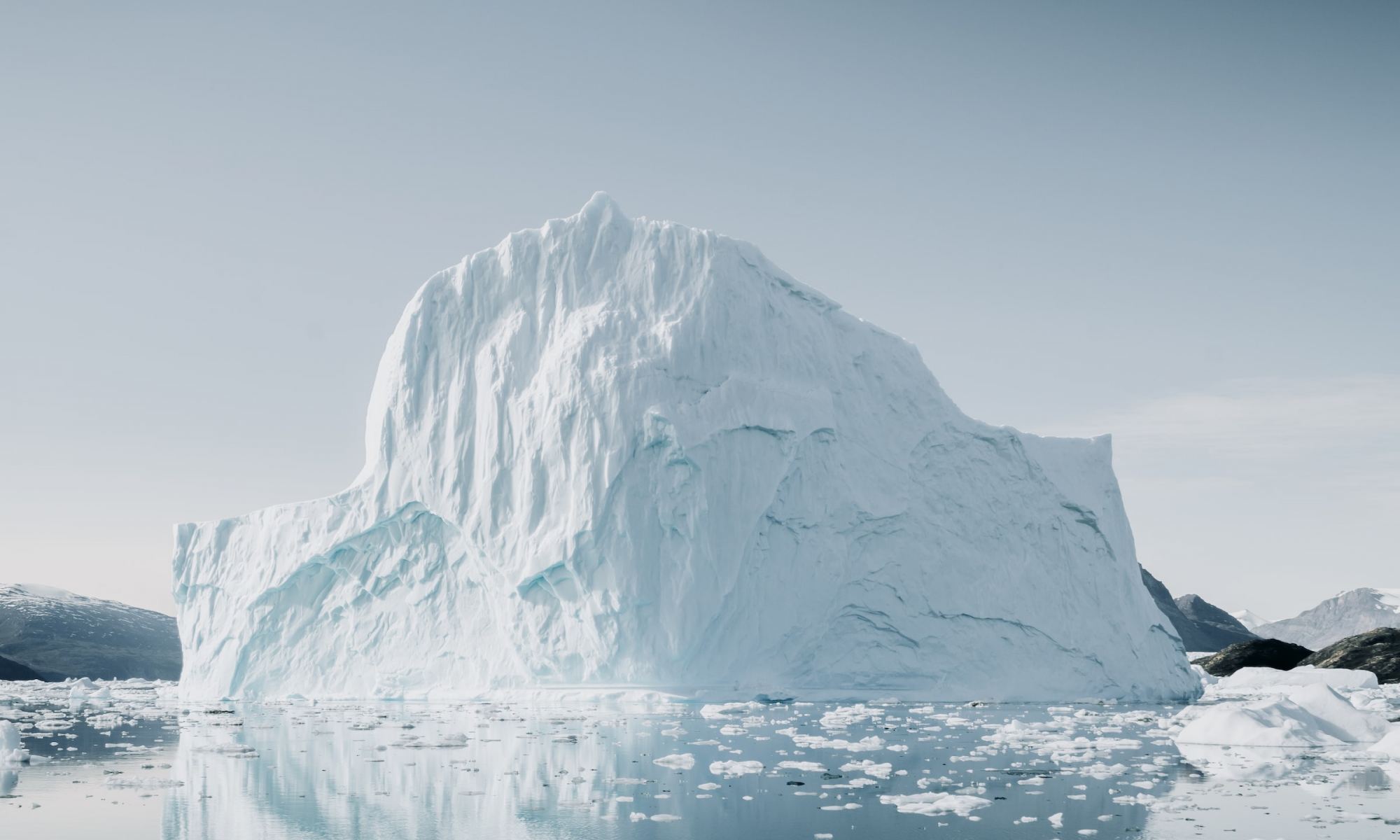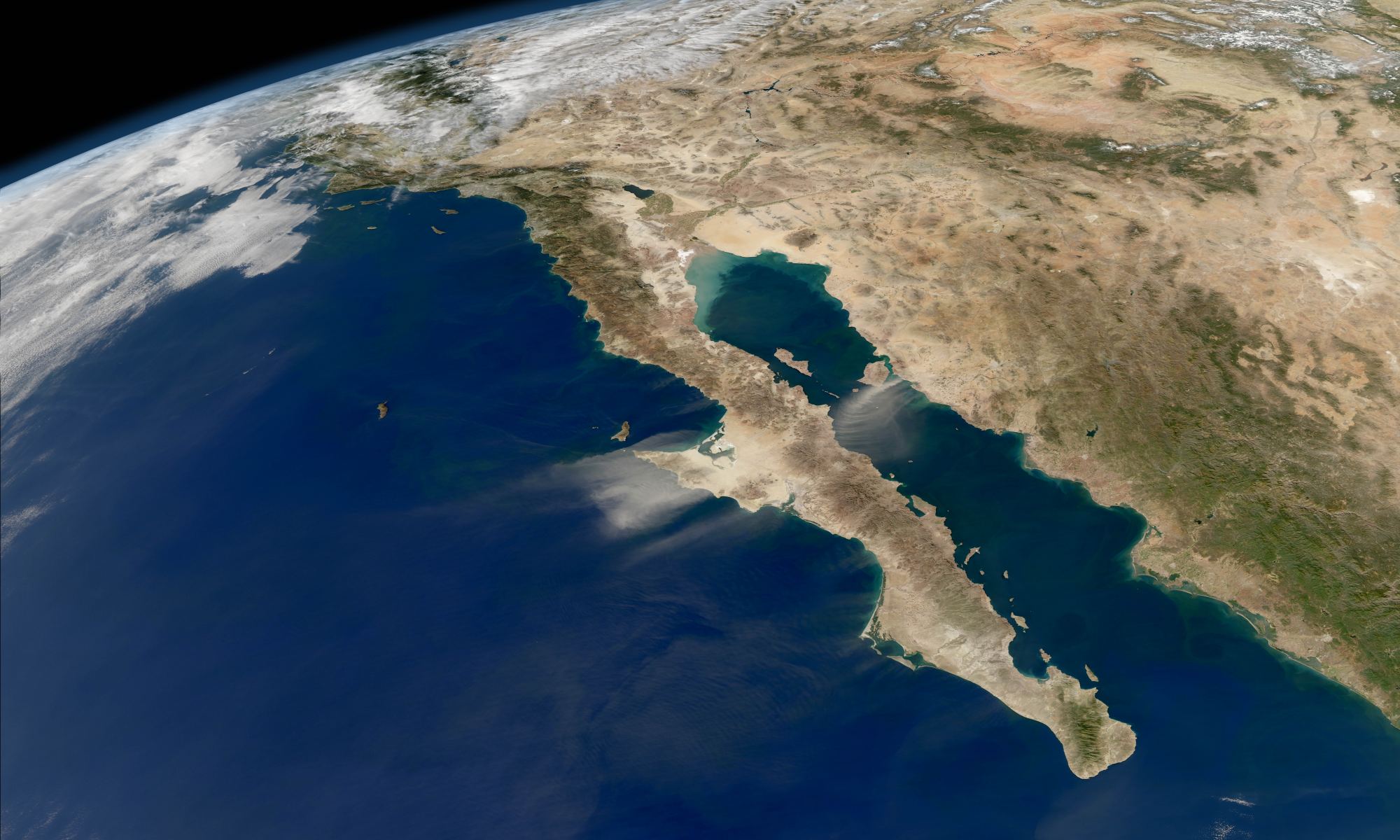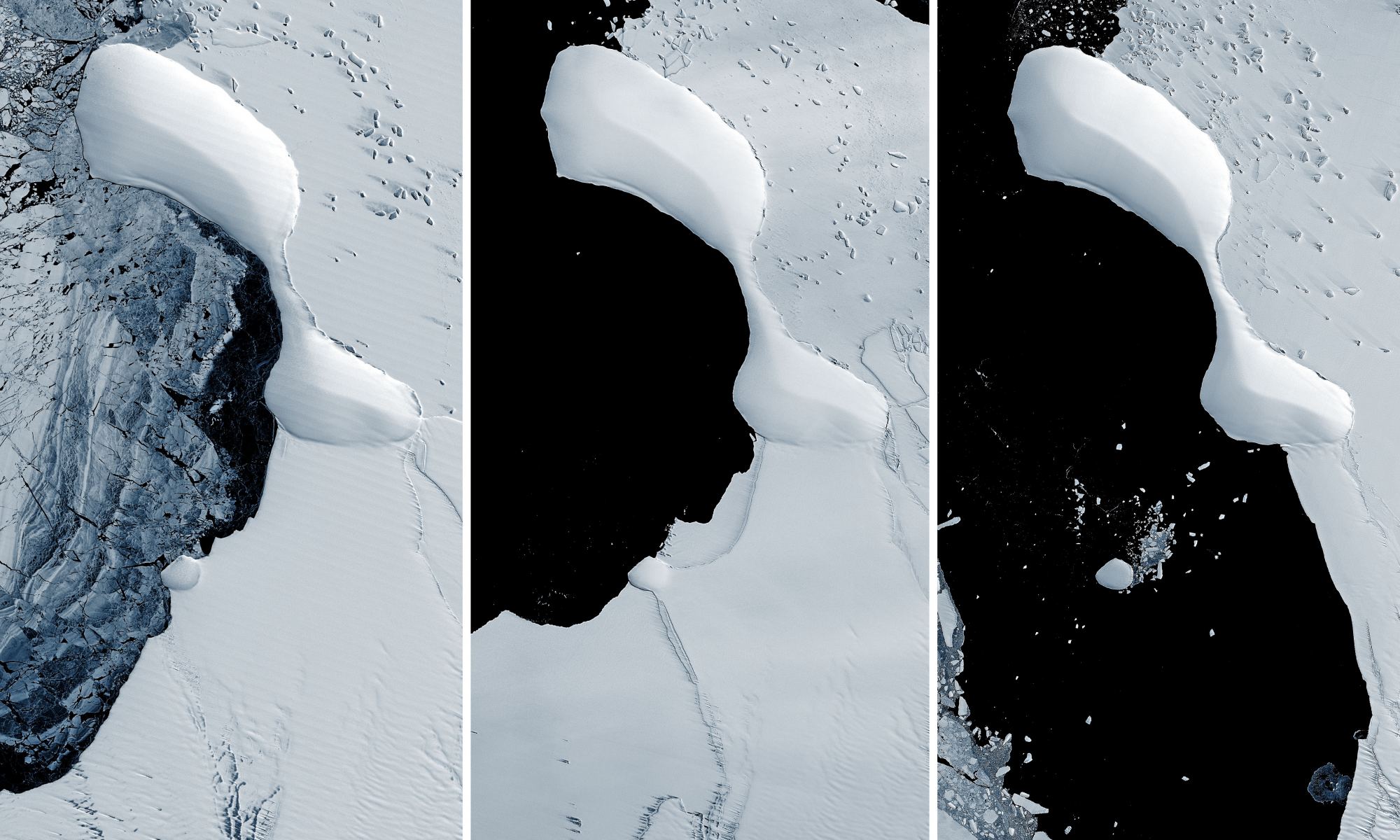It’s winter here on Earth, for those living in the northern hemisphere. This means snow, rain, colder temperatures, and all the other things we associate with “the festive season.” Much the same is true for Mars (aka. “Earth’s Twin”), which is also experiencing winter in its northern hemisphere right now. This means colder temperatures, especially around the polar regions where it can get as low as -123 °C (-190 °F), as well as ice, snow, frost, and the expansion of the polar ice caps – which are composed of both water ice and frozen carbon dioxide (“dry ice”).
While Mars does not experience snowfall the same way Earth does, seasonal change results in some very interesting phenomena. Thanks to the many robotic explorers NASA and other space agencies have sent to Mars in the past fifty years, scientists have been able to get a close-up look at these phenomena. These include the Viking orbiters and landers that studied the planet in the 1970s (with groundbreaking results) to the Mars Reconnaissance Orbiter (MRO), the Mars Exploration Rovers (Spirit and Opportunity), and the Curiosity and Perseverance rovers exploring the surface today.
Continue reading “Seen From Space: Sand Dunes on Mars Covered by Frost”

